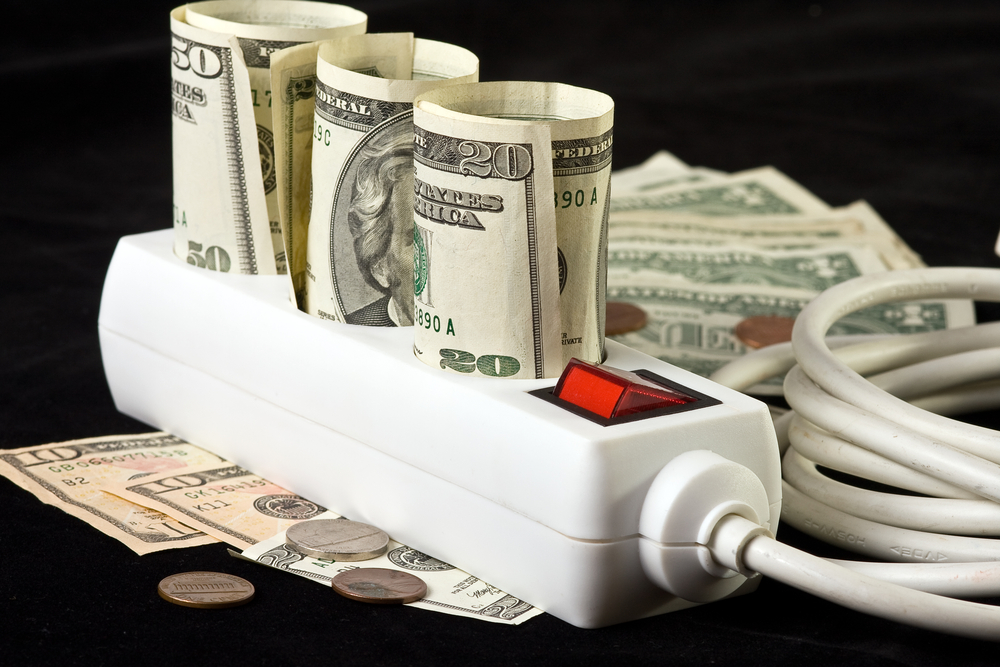Newsday recently published an editorial promoting windmills off the Long Island shore. The editorial centered on whether windmills could coexist with the livelihood of fishermen. Ultimately, the editorial concluded they can, and that the windmills should be built because it’s good for the environment. Case closed.
Remarkably, the editorial completely ignored the enormous potential costs of the project and its impact on ratepayers. As a former Suffolk County executive, I prided myself in promoting alternative energies, but never took the unrealistic view that renewables could replace all of our fossil fuels within the next few years.
However, politicians, including New York’s governor, are spouting the nonsense that we can mandate having renewables meet 50 percent of our energy needs in the next decade, without causing extensive economic hardship. These politicians have an obligation to warn ratepayers that their electric bills are going to skyrocket, and that wind power could cost anywhere from four to seven times more than traditional means.
For instance, windmills off Block Island had start-up costs of $240/MWh (per megawatthour), while nationwide wholesale electricity prices averaged $20 to $45 per MWh in 2016.
LI’s planned windmills are modeled after those in Ocean City, Md., which cost $132 per megawatt. New York State’s average cost per megawatt hour for power is $36.56. If New York were to provide the same subsidy Maryland did, it would cost our ratepayers $392 million annually. That’s $7 billion over 20 years.
Yet another $7 billion price tag awaits New York ratepayers because the governor has, in his quest to meet his self-imposed renewable goals, demanded that failing upstate nuclear power plants (which fall under his non-fossil fuel label) be kept open via ratepayer subsidies, even though they are noncompetitive in today’s market. His rationale is that we must save the 1,000 jobs employed by the plants — that’s $7 million per job.
And, let’s reflect on what Manhattan Institute’s Robert Bryce noted about Germany’s experience in pushing to have 80 percent of its electricity coming from renewables by 2050. He cited a German study, which confirmed that between 2007 and 2018, residential electricity prices in Germany jumped by 50 percent.
German residential customers now pay nearly three times the price of residential electricity in the U.S.
Moreover, Bryce referenced California, which also mandated 50 percent of the state’s electricity be sourced from renewables by 2030, and an Environmental Progress study, which reported California’s rates rose more than five times the rate of electricity prices in the rest of the U.S. between 2011 and 2017.
Californians now pay about 60 percent more for residential, commercial and industrial electricity than residents of other states.
I’m not exactly California Dreamin’ over that, and neither should any other New York ratepayer.



































